What Are the Different Types of Web3 Games?
There are three different types of Web3 Games: Early GameFi games with a focus on DeFi principles, X2E games where users earn rewards for engaging in their daily activities, and AAA games which focus on high quality graphics and playability to attract players.
Key Takeaways
-
Over 800,000 people play Web3 games every day, regardless of market conditions.
-
Web3 games are evolving; GameFi emerged from DeFi, and now we're seeing a move towards X2E enhanced narratives to AAA games and metaverse experiences.
-
In the future, GameFi needs unified consensus and protocols to better connect projects and ecosystems.

Web3 games, also known as blockchain-based games and GameFi, is one of the most fascinating areas in crypto today, with more projects emerging in the market.
While economic incentives have attracted many to GameFi in its early stages, a significant percentage of players remain primarily motivated by the gaming experience and community. Understanding how and why different users engage with GameFi reveals key trends that will shape its future.
As mainstream audiences become increasingly receptive to new forms of interactive and immersive entertainment, GameFi has significant growth potential. This article examines how GameFi is evolving by analyzing the dominant genres that have emerged and the motivations that drive different user segments, as well as the number and profile of users of each type.
What Are Web3 Games?
Web3 games are an evolution of gaming built on the decentralized, peer-to-peer architecture of blockchain technology.
While the concept of making money from gameplay is not new, GameFi represents a paradigm shift in terms of user ownership and control of the gaming ecosystem. Players own in-game assets outright as non-fungible tokens (NFTs) or crypto tokens and can trade or sell them freely.
Web3 games are in a period of rapid development and represent the future of the gaming industry. While concepts such as open metaverses are still in their infancy, they have already demonstrated the potential of Web3 games and how blockchain and crypto can enable entirely new interactive gaming experiences. There are good reasons to remain optimistic about the industry's growth prospects for Web3 games as they move from a new niche to mainstream adoption.
Who Are the Web3 Gamers?

Source: Web3 Game Users & Projects
With over 800,00 daily gamers and many different ways to interact games for different purposes, Web3 gamers can be difficult to categorize. While some platforms base their decisions on the number of unique wallet addresses, this measure misses the subtleties of who is actively playing a game and why.
Many people are drawn to Web3 games for a variety of reasons, including actual gamers looking for entertainment, investors hoping to make money, bot accounts gaming the system, and more. In order to assess the health and potential of GameFi protocols, it is essential to understand the motivations and behaviors of users across different sectors.
In addition, Web3 gamers tend to be younger, better educated and more technologically inclined than conventional gamers. The average regular gamer is 35 years old, but the average Web3 gamer is between 25 and 30 years old.
Now let's look at the different types of Web3 Games and their players.
The Early GameFi Stage: Combining Gaming and DeFi
GameFi grew out of DeFi in its early stages, combining DeFi's asset allocation principles with gaming elements. The early stages of GameFi were primarily focused on using DeFi principles as a framework, rather than truly integrating them into the gameplay itself.
The primary goal of early GameFi projects was to attract users who were interested in making a quick profit, rather than creating a truly immersive gaming experience. As a result, the game design and graphics lacked the depth and complexity of traditional games, resulting in a less than stellar user experience.
Axie Infinity: Users are Primarily Focused on Earning Profits
Axie Infinity is one example of these early GameFi projects, where a portion of their users are primarily focused on earning profits, with news headlines about Axie Infinity focusing on the "earn" aspect of the game, like Forbes' "Axie Infinity's Play-to-Earn 'Smooth Love Potion' Gaming Has Changed Lives And Lifted People Out Of Poverty".
However, currently, according to Footprint Analytics, Axie Infinity has entered a stagnation period, with only about 9,000 daily active users compared to millions of active users during its peak.

Source: Axie Infinity Daily Active Users
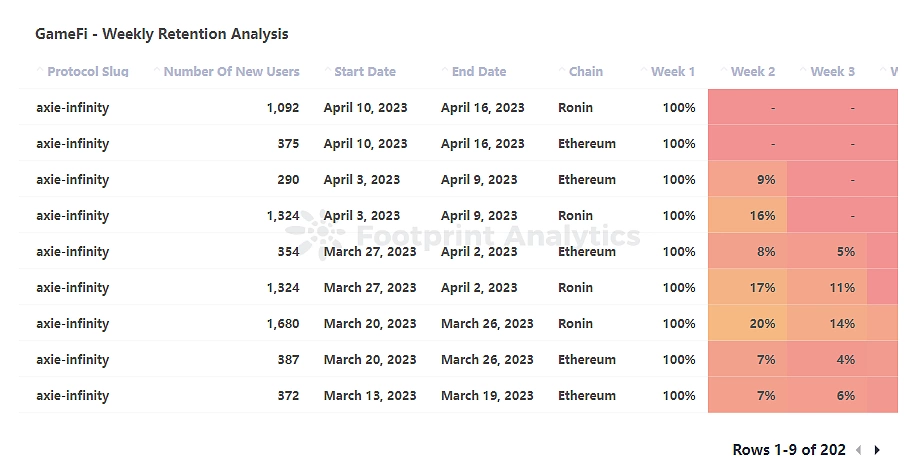
Source: Axie Infinity Weekly Retention Rate
User retention rate is also an important metric in game analysis, as it shows how many users are being retained by the project at a given stage. It can indicate whether the project is valuable and how many users are willing to become active users. Axie Infinity's primary user group is focused on making a profit rather than the game itself. This creates a "play-to-earn" dynamic where players are primarily motivated by the potential for financial gain rather than the enjoyment of the game, resulting in a lower retention rate of around 10%.
To develop a successful GameFi ecosystem, it is necessary to go beyond the basic principles of DeFi and explore creative ways of integrating it into the game. This includes developing unique and complex in-game economies, innovative monetisation models using blockchain technology, and prioritising user experience in game design.
Despite this, early GameFi games introduced some innovative gameplay mechanics such as breeding and battling, although these were relatively basic compared to traditional games. However, they provided a glimpse of the potential for GameFi to become a successful gaming ecosystem if paired with engaging gameplay mechanics.
The X2E Stage: Enhancing Narratives and Real-World Significance
X2E is defined as any human behavior, such as gaming or moving, to earn. So this would include genres like Move-to-Earn, or Play-to-Earn, where players obtain benefits from their daily activities.
X2E products often use meaningful real-life activities or creative behaviours as the core gameplay mechanism. Unlike early-stage games that are purely profit-driven, X2E places a high value on community culture and values. For example, STEPN not only promotes healthy lifestyles through sports, but also engages in charitable activities through the STEPN Foundation.
STEPN: Gamifying Real Life Behavior to Attract Users
STEPN gamifies real-life behaviours through sport, making the game mechanism more user-friendly and with greater potential for long-term player engagement. The game's design encourages users to participate in physical activities, meet specific goals, and submit proof of completion through the STEPN application. The game rewards users for their efforts, motivating them to continue the habit of healthy activity.
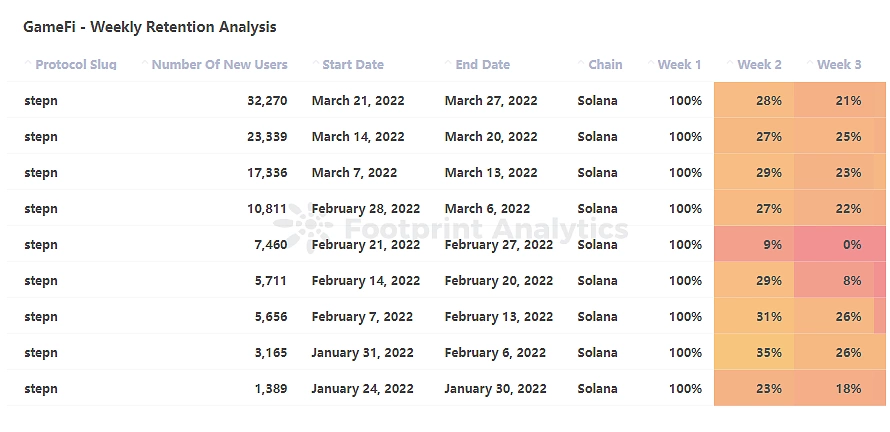
Source: STEPN Weekly Retention Rate
During the active period from March 2022, the monthly retention rate of STEPN reached a high of 30%. This is due to the fact that STEPN emphasizes building a community culture and values, which has attracted users with strong social attributes and interactive needs.
In order to increase the game's penetration, STEPN needs to further improve its game mechanics and user interface to create a more engaging and interactive experience. By providing users with a more meaningful and rewarding gaming experience, STEPN can foster a sense of loyalty and help build a more robust user base.
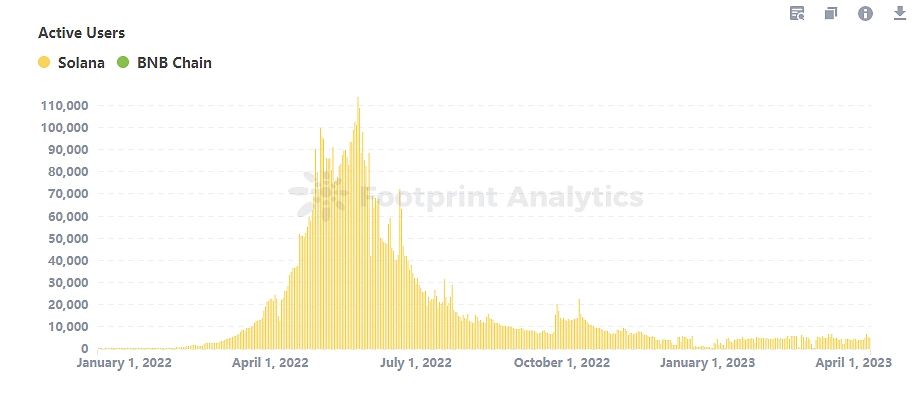
Source: STEPN Active Users
As mentioned above, STEPN's monthly retention rate reached a high of 30% in March 2022.
However, the significant increase in shoe prices has led to a surge in sales pressure, which may put STEPN at risk if not enough new users enter the ecosystem.
The AAA Game Stage: Prioritizing Playability and User Base
AAA games have a reputation for high-quality graphics, rich content, and superior player experience, which can significantly elevate the quality of Web3 games. The involvement of AAA game studios and capital can also bring valuable resources and expertise to Web3 gaming, further driving its popularity and growth.
Illuvium: Rich Game Background and Excellent Game Mechanics for Long-Term Appeal
Illuvium is a GameFi project of the highest level, which gives it an inherent edge in terms of the quality of its products and the experience it offers its players. Illuvium has gone to great lengths to create stunning 3D environments and models tailored to different player demographics. Its mouse and keyboard control system is also top-notch, and the game offers an array of PVE and PVP gameplay options. These factors combine to make Illuvium a highly engaging and replayable game.

Source: Illuvium Active User Trend
According to Footprint Analytics, despite performing better than other games in the bear market, Illuvium has maintained a relatively low level of daily active users (hundreds of users). This can be attributed to the fact that the platform has a smaller total number of users who are heavily involved in GameFi.

Source: Illuvium Weekly Retention Analysis
Also, to address the low retention rate, Illuvium needs to optimize its player recall mechanism. The platform's beautiful game graphics and strong team background alone are not enough to retain users.
By enhancing user engagement measures and improving user experience, Illuvium could further elevate its profile and influence, potentially attracting new users who appreciate a more immersive gaming experience.
The Metaverse Stage: Building Virtual Worlds and Shaping the Future
According to Report Linker, the global metaverse gaming market is expected to reach $447.8 billion by 2027, growing at a compound annual growth rate (CAGR) of 15.3% from 2020 to 2027. This growth will be driven by factors such as increased internet penetration, the growing prevalence of smartphones and mobile gaming, and the increasing popularity of virtual reality and virtual worlds.
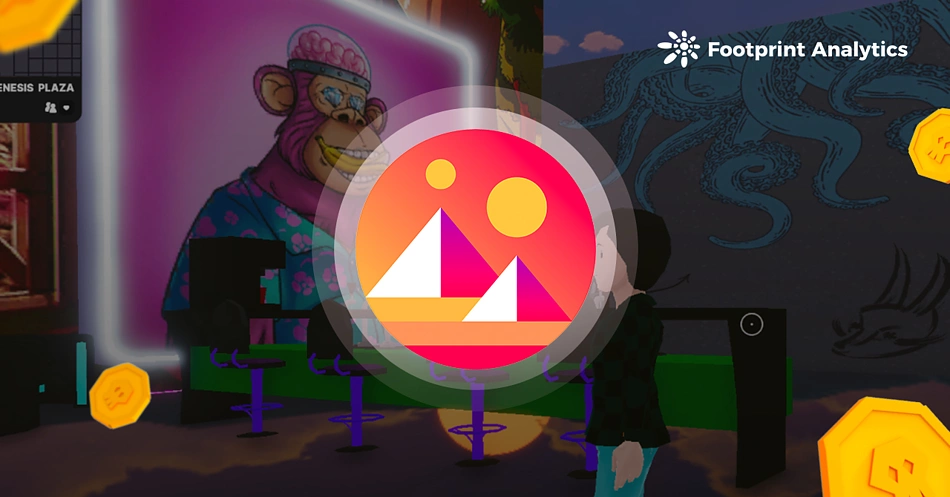
The metaverse and virtual world represent an inevitable trend and direction for the development of blockchain technology and GameFi. It will create a persistent and open digital space for users to experience various entertainment and social activities, which will undoubtedly become an important part of users' digital life in the Web3 era.
At present, however, the metaverse and the virtual world are still at the conceptual stage. Although early products such as Decentraland and Sandbox have been launched, there is still much room for improvement in terms of openness, community activity, and degree of commercialisation. This requires continuous optimisation and enrichment of the content by the community and the project parties in order to attract more users and capital.
What’s Next?
Early stage Web3 games showcased the difference in player attributes between Web2 and Web3. Web3 games focus on creating a stable and sustainable environment based on digital assets with real world value with the aim of long-term growth, while Web2 games focus more on external forces, such as a major new release that overrides the original, instead of building on it.
Currently, the playability of most GameFi projects still needs to be improved, and the technology needs to reflect the advantages of blockchain technology. To build a transitional GameFi model, we need to start from the perspective of Web3 users and economic models.
GameFi needs more unified consensus and protocols to better connect different projects and ecosystems. As various projects develop, standardized protocols and frameworks need to be established so that game developers can more efficiently achieve cross-platform transactions, game composition, and interaction.
The future of GameFi requires more research into game content, gameplay and graphics. A strong background in these would be beneficial to project development, and maintaining community consensus is essential to extending the game life cycle.
This piece is contributed by Footprint Analytics community. Author: lesley@footprint.network
The Footprint Community is a place where data and crypto enthusiasts worldwide help each other understand and gain insights about Web3, the metaverse, DeFi, GameFi, or any other area of the fledgling world of blockchain. Here you'll find active, diverse voices supporting each other and driving the community forward.
Footprint Website: https://www.footprint.network
Discord: https://discord.gg/3HYaR6USM7
Twitter: https://twitter.com/Footprint_Data

Footprint Analytics is a revolutionary data infrastructure platform that seamlessly integrates Web2 and Web3. Follow the author on Twitter @Footprint_Data


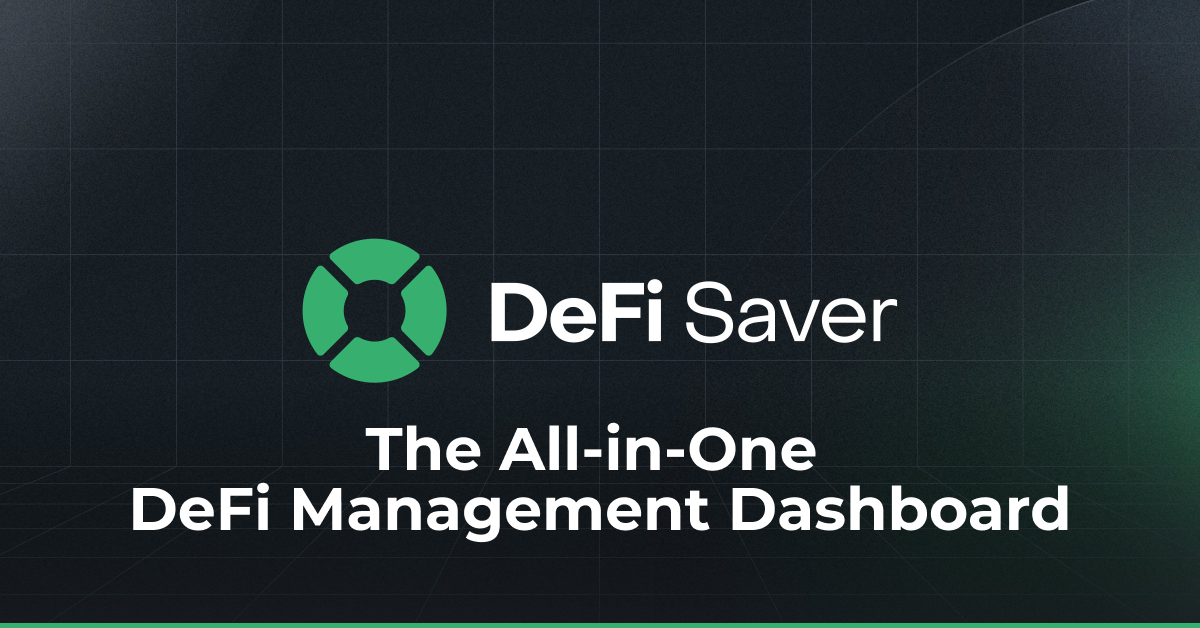
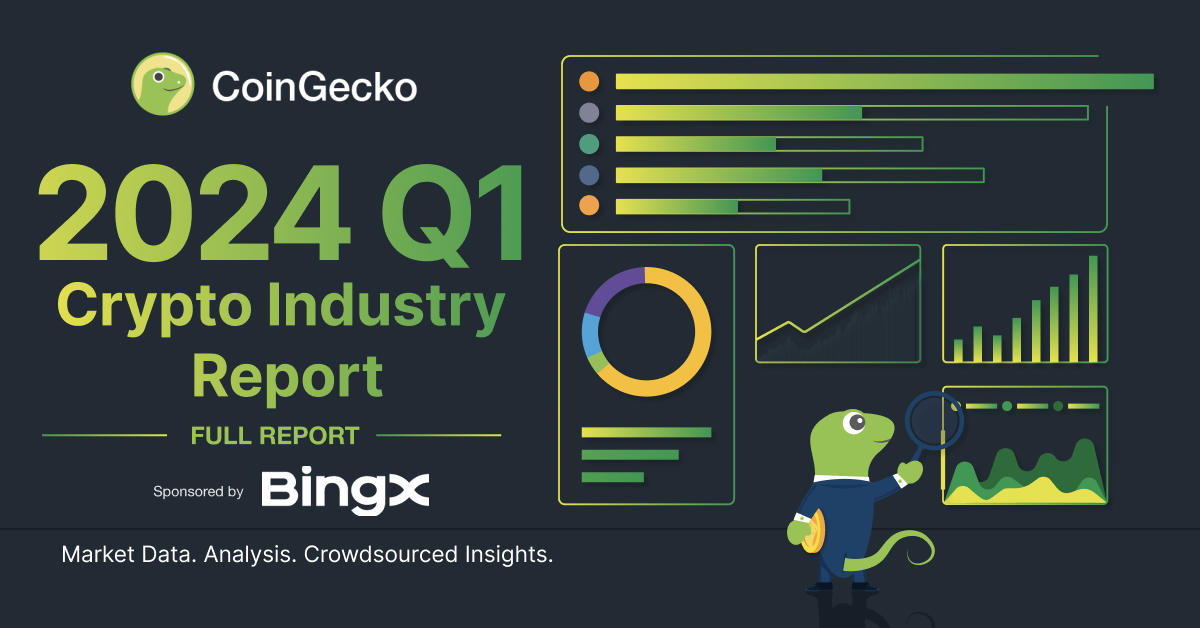
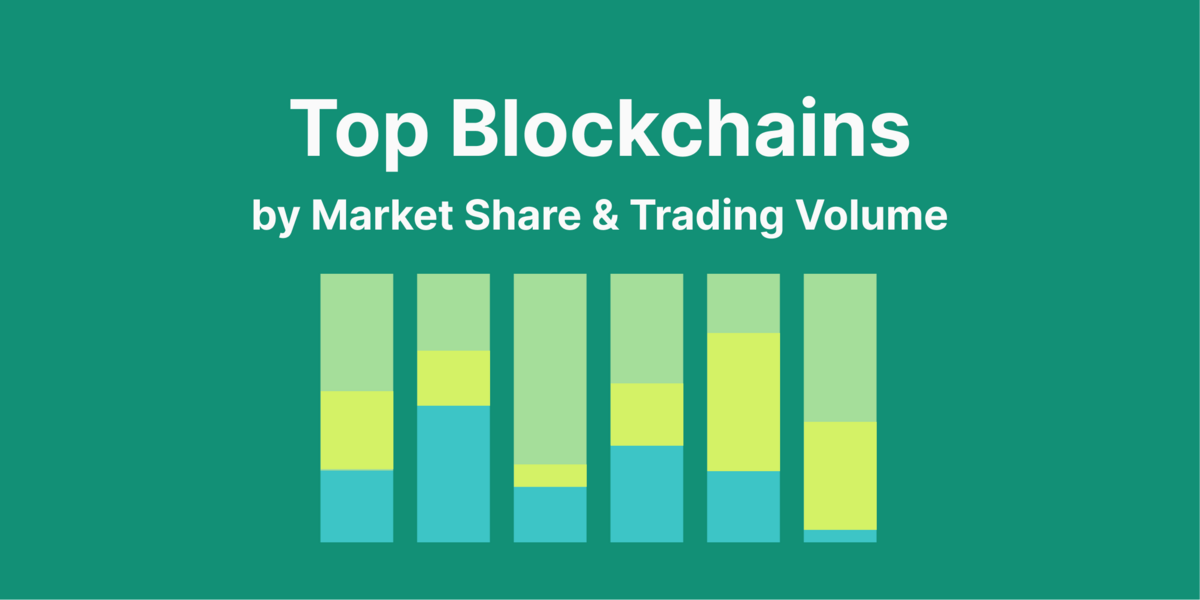
 Or check it out in the app stores
Or check it out in the app stores
